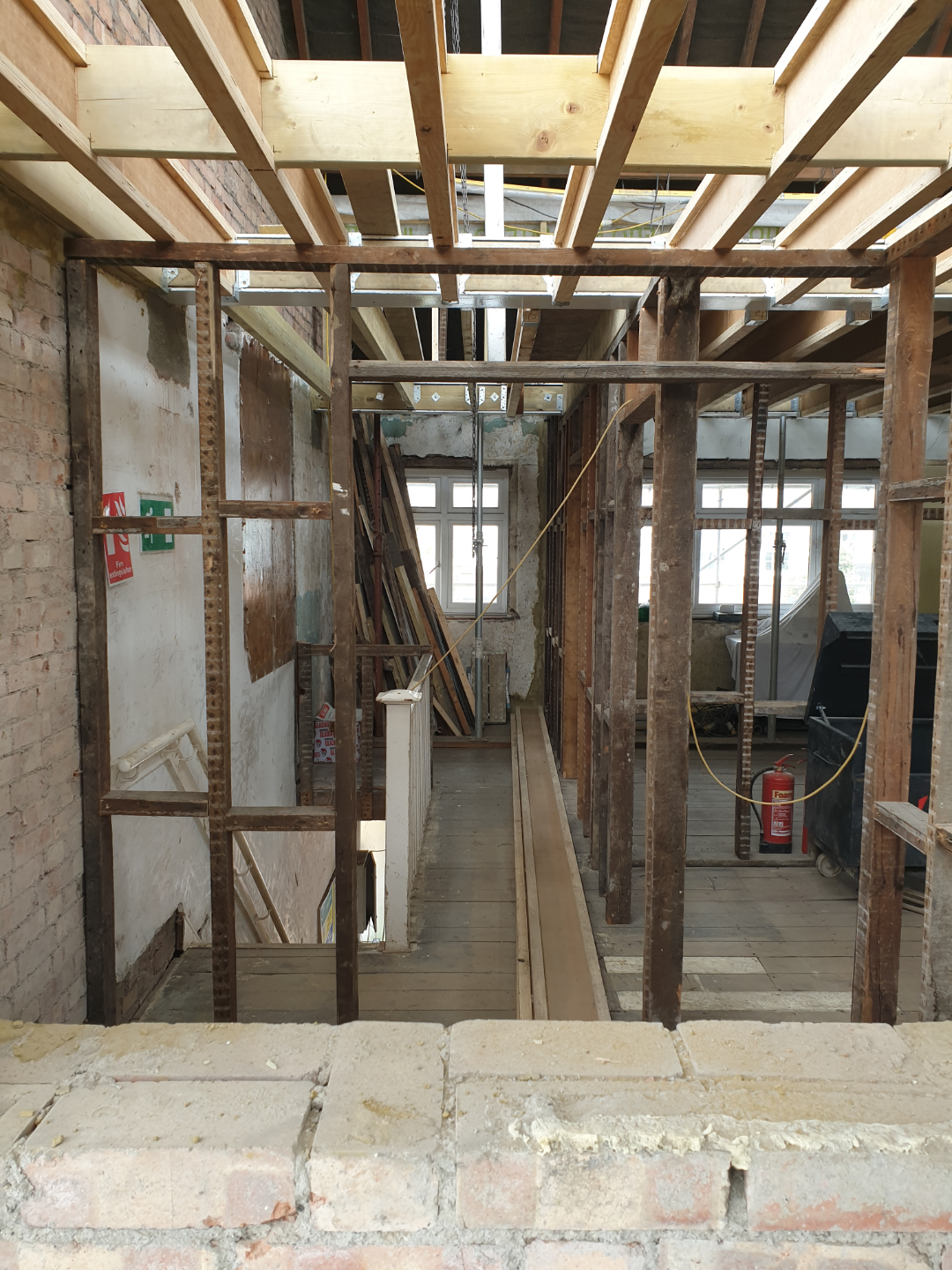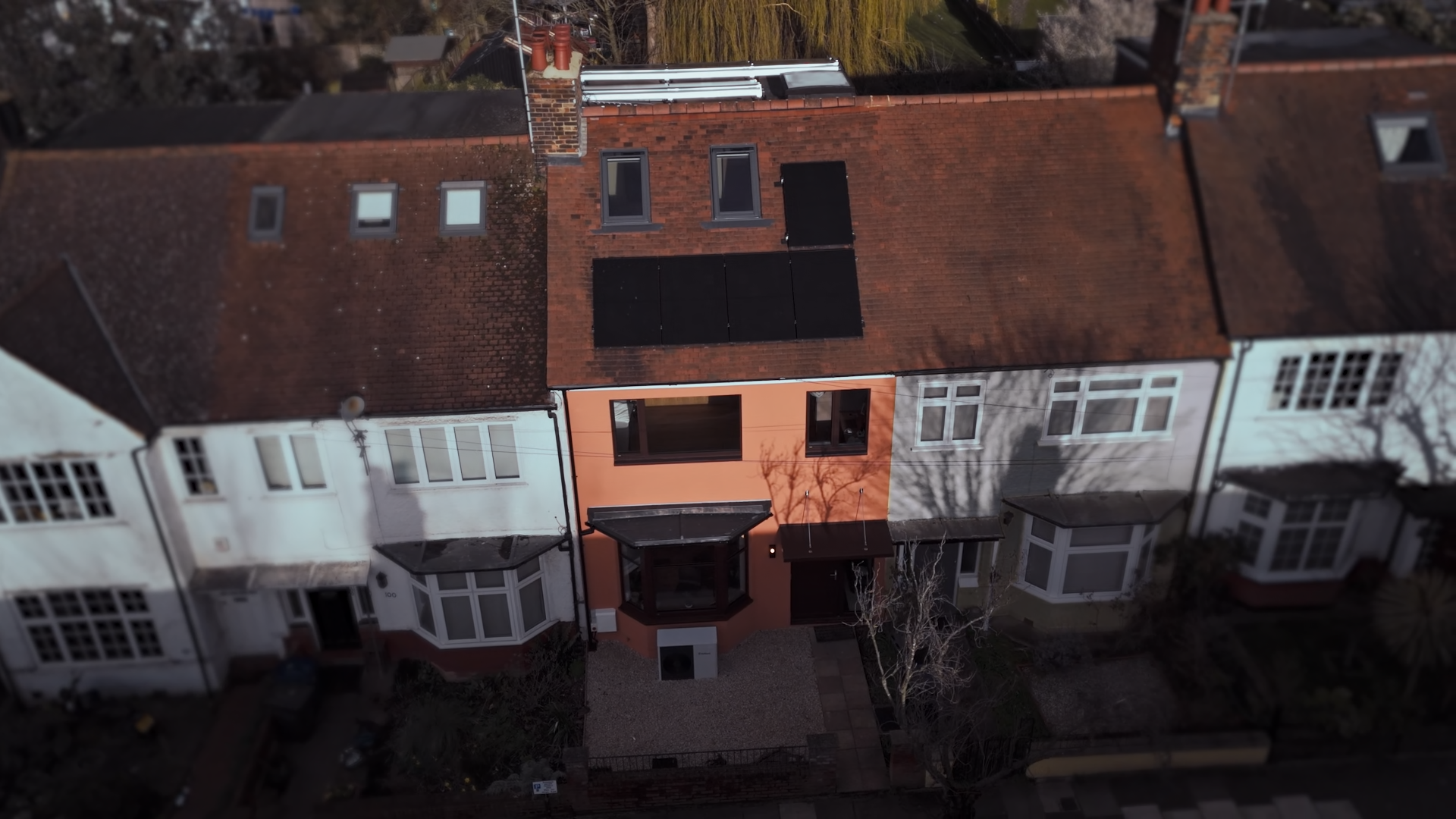Knowledge Base: Deep Retrofit
< Back to InsightsRetrofit is a broad term. At the big picture, it is about improving the fabric of your home to improve its’ energy efficiency. It can be minor upgrades like installing double glazing, or updating your kitchen appliances – a shallow retrofit – right through to a holistic whole building strategy to dramatically increase the performance – a deep retrofit.
Why retrofit?
Buildings are the second largest emitters of carbon in the UK – more than industry, farming and the energy sector. This is largely because of the gas boilers used to heat our homes.
The National Retrofit Hub calculates that there are 19 million homes in the UK which need to be upgraded to become energy efficient by 2050 to cut the impact our homes have on our planet and help to get closer to net zero.
Net zero means balancing human emissions of greenhouse gases with the rate at which they are removed from the atmosphere by nature. The IPCC advises that reaching net zero is the only way to stop further climate change.
As climate change progresses, our UK climate becomes more extreme – this week, the temperatures are hitting 30 degrees across the country. As temperatures become hotter or colder, our homes and workplaces become more uncomfortable.
However, we also know that the result of retrofitting is more comfortable buildings (warmer in winter, cooler in summer), that support both physical health and mental wellbeing. Retrofitted homes use less energy, and domestic energy bills clearly show this.
What is a deep retrofit?
A deep retrofit or whole-building approach considers the building as a system and will address multiple components at once, rather than focusing on isolated improvements.
To improve the performance will often mean stripping the building back to its structure, in order to add insulation to the walls, floor and roof, change windows to double or triple glazed units, improve airtightness to reduce drafts, to install HVAC systems and integrate renewable energy.

Fabric First
Before looking at options for heating or cooling, the fabric of the building should first be considered. Are the roof, walls and floor adequately insulated? Is the fabric leaky with drafts from windows, doors and other gaps? Would solar shading of south facing windows help to prevent overheating?
Factors like airtightness and the U value of a building give a useful measurement of how well the building will perform. They tell us how stable the internal temperature will be which influences energy efficiency, thermal comfort and indoor air quality.
Integrating Renewable Energy
Moving away from fossil fuel heating and hot water is key to achieving net zero. Replacing them with electric powered air source or ground source heat pumps is more efficient, using less energy overall.
Adding solar panels also adds the ability to generate energy from renewable sources, reducing the energy required from the national grid Incorporates solar panels, heat pumps, or other renewable energy sources to further reduce reliance on fossil fuels.

Benefits of Deep Retrofit
The long term benefits of deep retrofit are multiple. Buildings have better thermal comfort, better air quality and lower bills – all good for health and wellbeing. They contribute less to greenhouse gas emissions, and are better long term investments. Buildings with better environmental performance are valued more highly for rent or sale.
Let’s have a chat about your vision and
how we can help you realise it.
Collective Works are an architecture & design studio. Our network of professionals will create your perfect solution.
